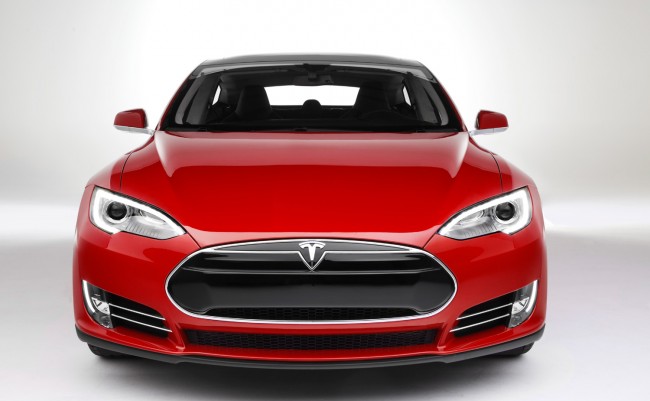
Tesla’s Branding Challenge
It has been a rough couple months for Tesla. Elon Musk’s acclaimed firm reduced its 2015 sales forecast in August, announcing that it wouldn’t hit its production target of 55,000 cars, and earlier this week Consumer Reports pulled its recommendation of the Tesla Model S. The company’s stock now trades at about $210 per share, down from a 52-week high of over $280.
These are notable issues but Tesla faces a greater branding challenge over the coming years: turning a high-end niche brand into a more mass market player without losing its distinctiveness. The transition won’t be easy.
There is no question that Tesla is a remarkable brand. The firm has the key characteristics of a strong brand: it has high awareness and is unique. There is nothing quite like Tesla. Perhaps most important, it has customer advantage: people value the benefit it provides, are willing to pay for it, and see Tesla as being best at providing it.
Tesla today is a niche, luxury brand. With a starting price of $70,000, Tesla is for a select group of people who are wealthy and want to make a certain statement. You don’t buy a Tesla to blend in with the crowd; you buy one to stand out. Buyers appreciate Tesla’s sporty performance and brand image. Today’s Tesla is quite similar to Porsche. Both brands are selling distinctive products to a discerning group of wealthy buyers. This year both brands will sell about 50,000 cars in the U.S. market.
The problem is that to survive financially Tesla needs to dramatically expand production. Current forecasts project sales of 500,000 units a year by 2020, a 10x increase. To achieve this, Tesla will introduce new models that are cheaper and have a broader appeal. People anticipate that the Tesla Model 3, due in 2017, will start at just $35,000.
As the brand expands, however, its current proposition will weaken. It will become less exclusive. Driving one will make less of a statement. Buyers seeking an exclusive brand will probably move on to other options, and Tesla will need to replace them with a new group of customers with a different set of needs.
Repositioning a brand is risky and difficult. Losing your current customers is easy, but attracting new ones is not, as the team at JC Penney discovered in recent years.
Tesla will have to become a very different brand in the years ahead. Executing this transition is a challenge that makes the brand’s current issues small by comparison.
Not vast numbers who can afford $70K. Stephen Colbert has one. That’s good marketing.